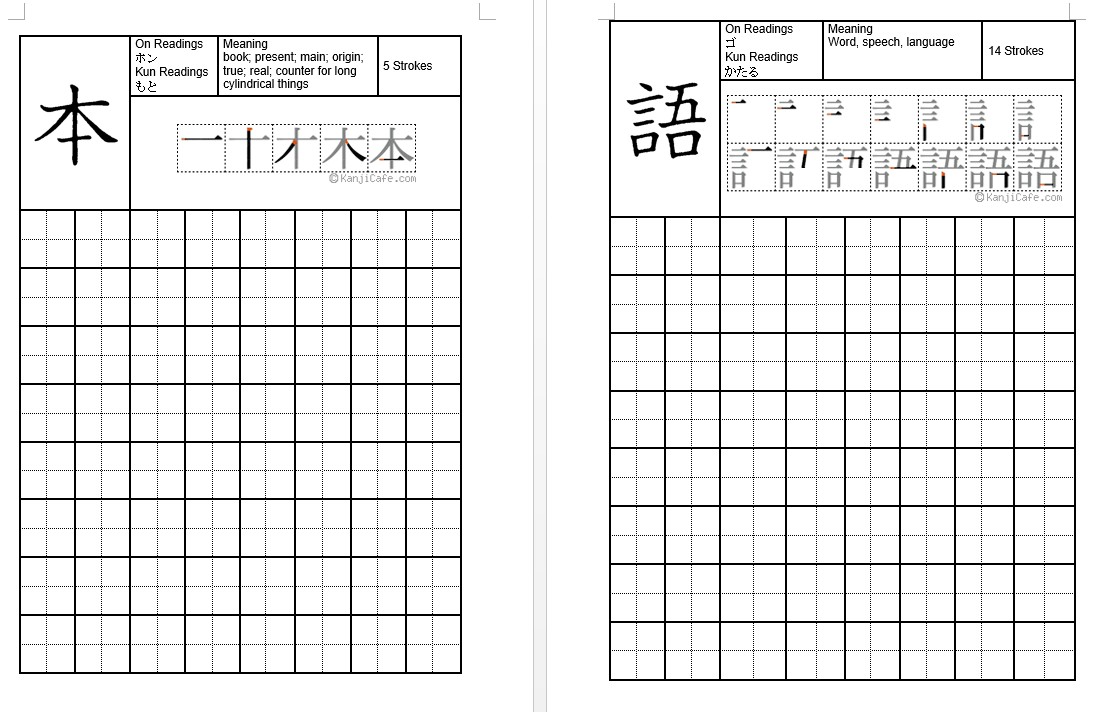

Whether it’s an anime or a Japanese drama series, the time spent on listening to dialogues in your downtime can be a great supplement to your active learning over time. But it can certainly get you familiarised with language nuances, especially sounds, sentence structures, grammar, and or even the latest slangs.Įxposure can come from anywhere. Passive exposure alone will never get you to native-level fluency. Passively listen to get used to the language The app even allows you to bookmark words and categorise them into different folders – a great feature for revision when words slip your mind.Ĥ. But convenient as it may be, the service isn’t actually the most accurate when it comes to translation, ironically.įor an accurate and user-friendly online Japanese dictionary, the comprehensive is your go-to.įree and reliable, the dictionary app Shirabe Jisho comes with a handwriting function, which lets you look up new kanji characters even if you don’t know their pronunciation. It may be tempting to gravitate towards Google Translate whenever you need to search up a word. This goes without saying, but a good Japanese-English dictionary is your new best friend.
WRITING JAPANESE FOR BEGINNERS FREE
For self-learners, Tae Kim’s Japanese Grammar Guide is a free online resource that goes in-depth on the technical aspects of grammar.ģ. Textbooks such as Minna no Nihongo and Genki are great introductory resources that are typically used in a classroom setting. Besides providing a structured approach to your learning, textbooks also cover basic Japanese grammar with detailed explanations, and include useful practice questions and essential vocabulary. Whether you’re self-studying by watching anime or having lessons in class, having a textbook is essential to a solid language foundation. Flashcards or apps such as Anki are handy tools to make memorising more efficient.Ģ. But not to worry – only ~2,000 characters are jōyō kanji (常用漢字), which refers to commonly used kanji that everyone is familiar with.īased on the Japanese-Language Proficiency Test (JLPT), a certified standardised test for Japanese language ability, beginners only need to master around 250 kanji to pass the easiest levels, N4 and N5. With over 50,000 existing kanji, the thought of memorising every single one can send a shudder down one’s spine. Instead, force yourself to write, read, and breathe everything in the phonetic script. Using children’s songs – or even your favourite Japanese song – and transforming the lyrics into hiragana or katakana can help you get used to the enunciation.īesides being great resources for writing practices, trace sheets can also help familiarise you with the direction and order of strokes.Īvoid relying on romaji. If you’re having trouble memorising, recite iroha, an old Japanese poem that contains every hiragana character except for ん ( n ). There’s no shortcut – you have to commit the “letters” to memory as the scripts are used as syllables for pronunciation. One of the first things beginners should have down pat is memorising the phonetic scripts, hiragana and katakana. Lay a solid foundation with the 3 Japanese scripts Follow these tried-and-tested Japanese language study tips, including free resources and useful apps to get, to embark on your language learning journey.įor more language-related article, check out:ġ. But with a few tips and tricks, coupled with hard work, anyone can go from a beginner to a seasoned language speaker. There’s no way to sugarcoat it – picking up a new language is a long and arduous journey.


 0 kommentar(er)
0 kommentar(er)
